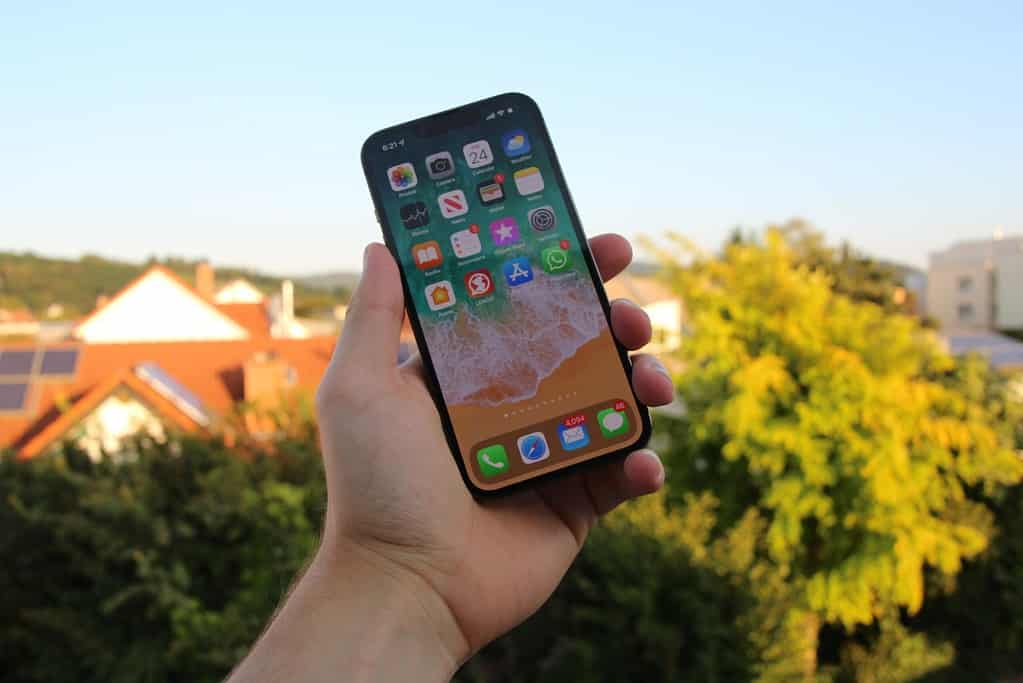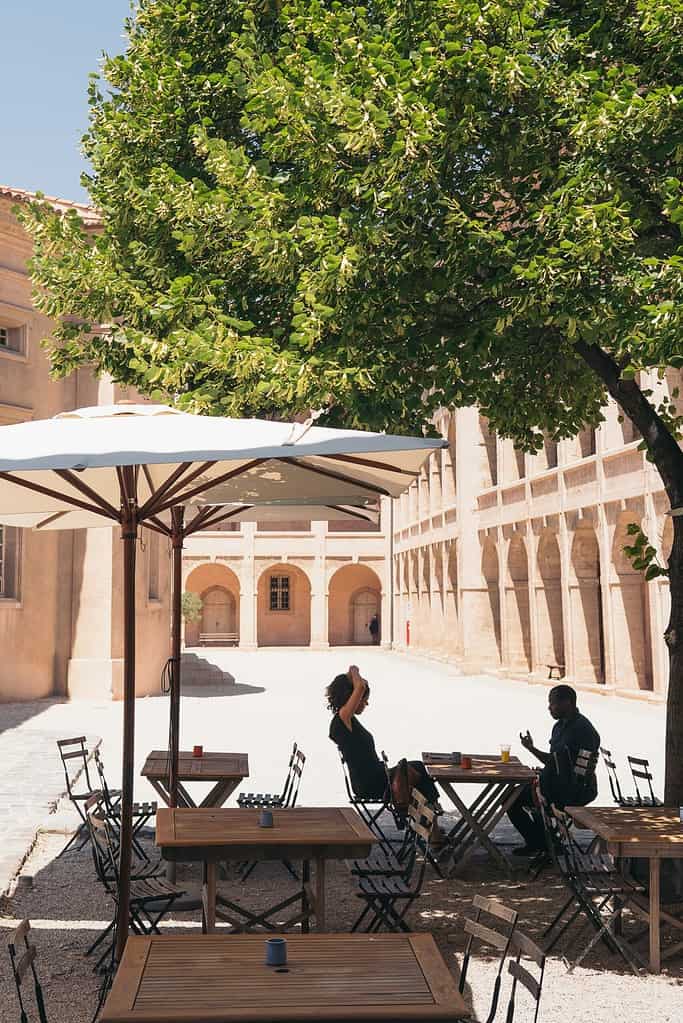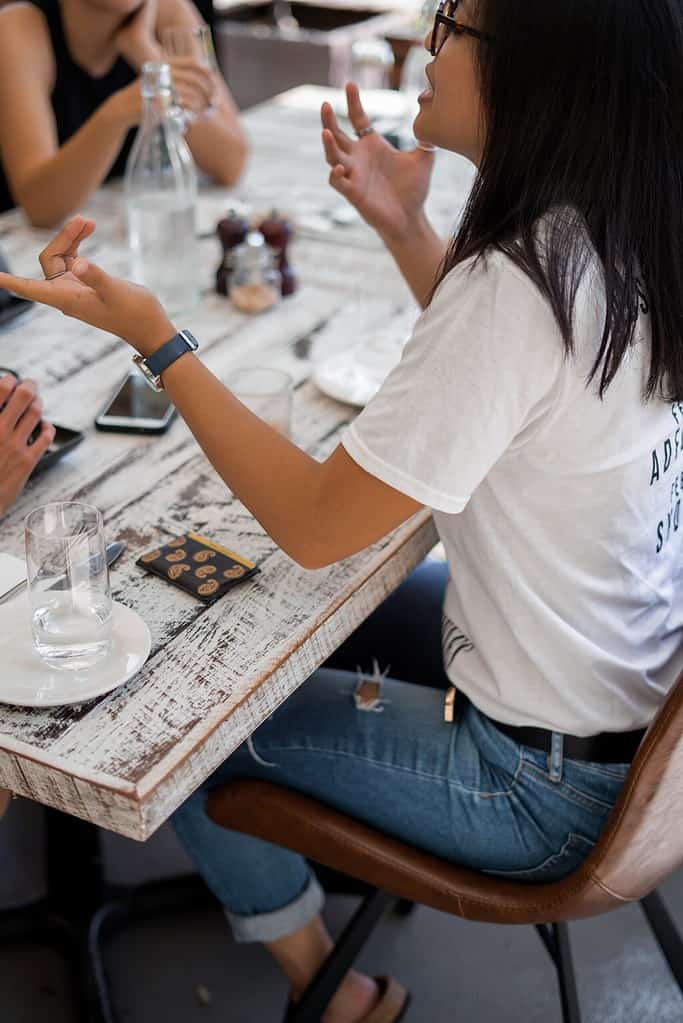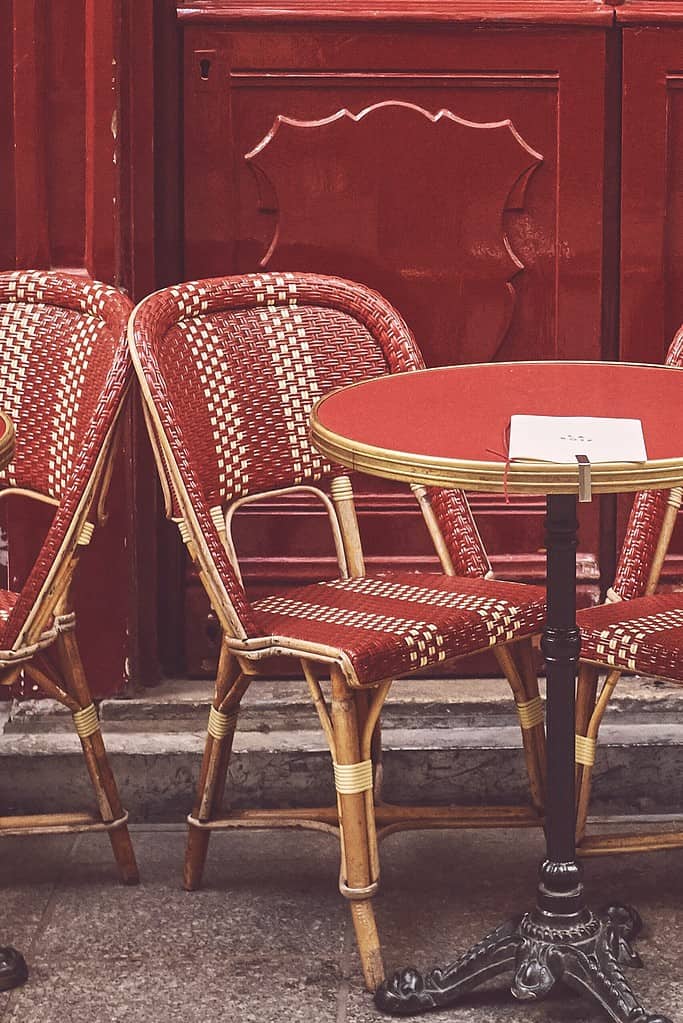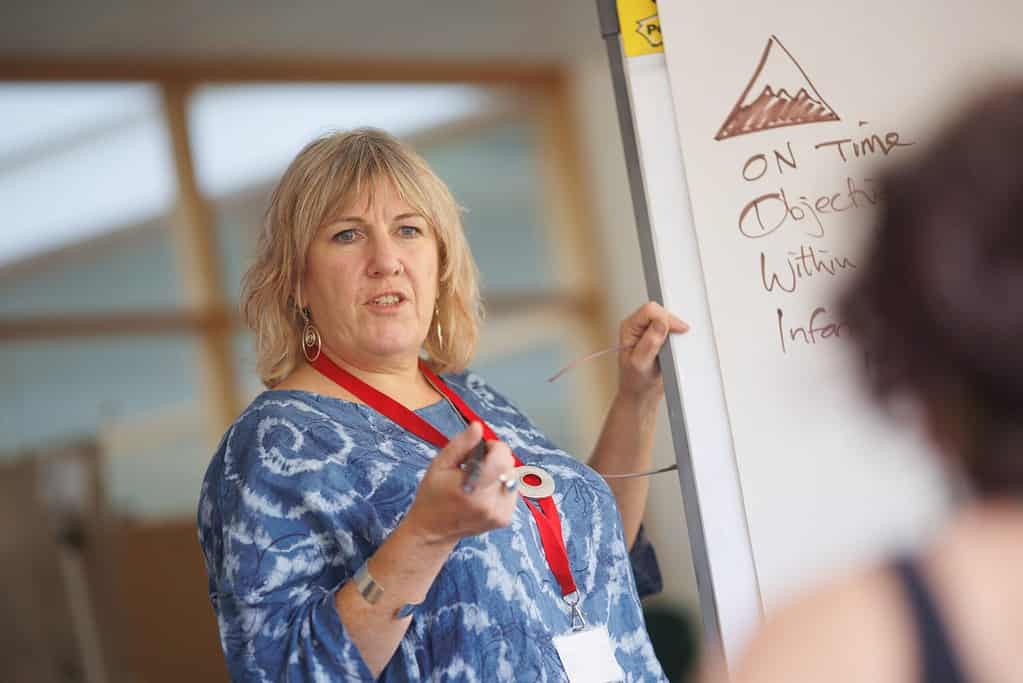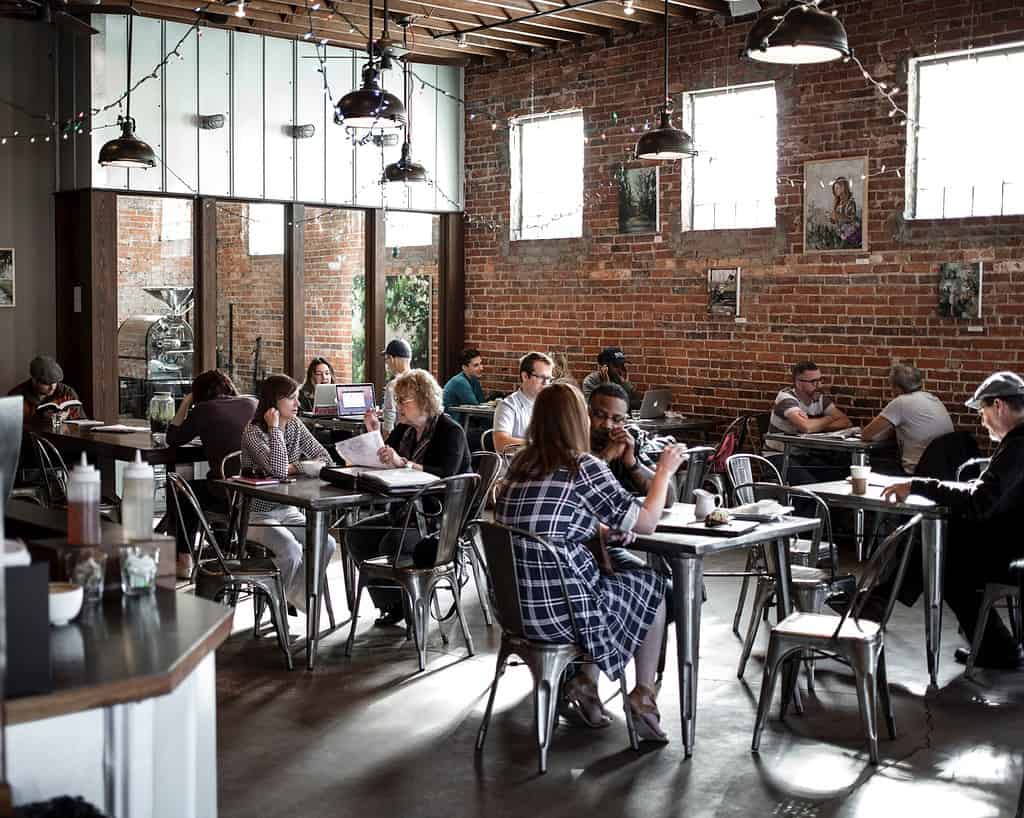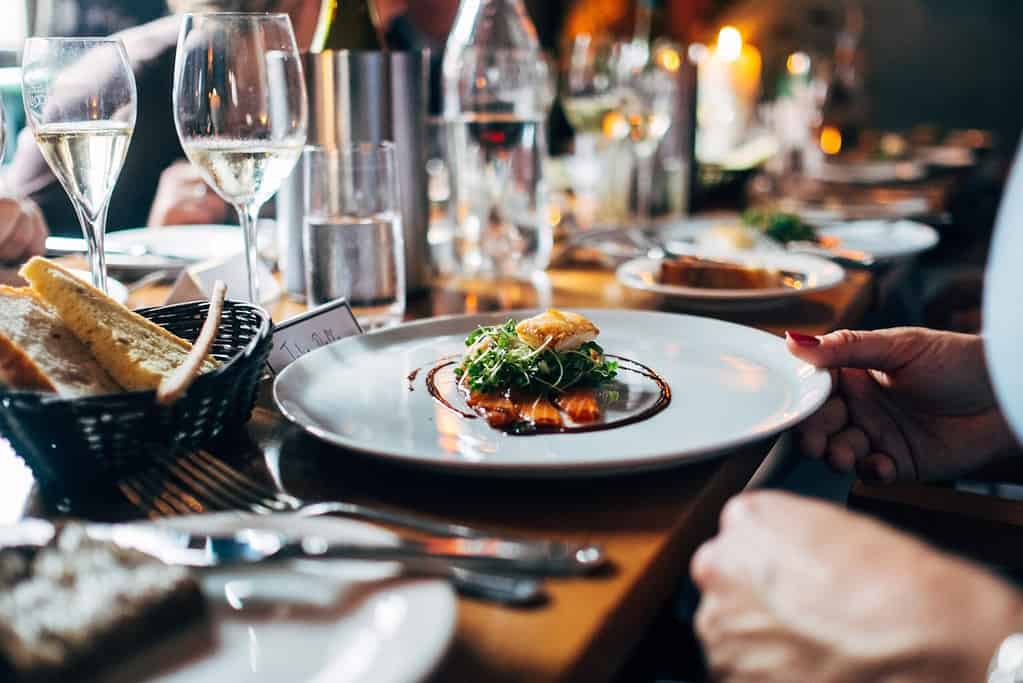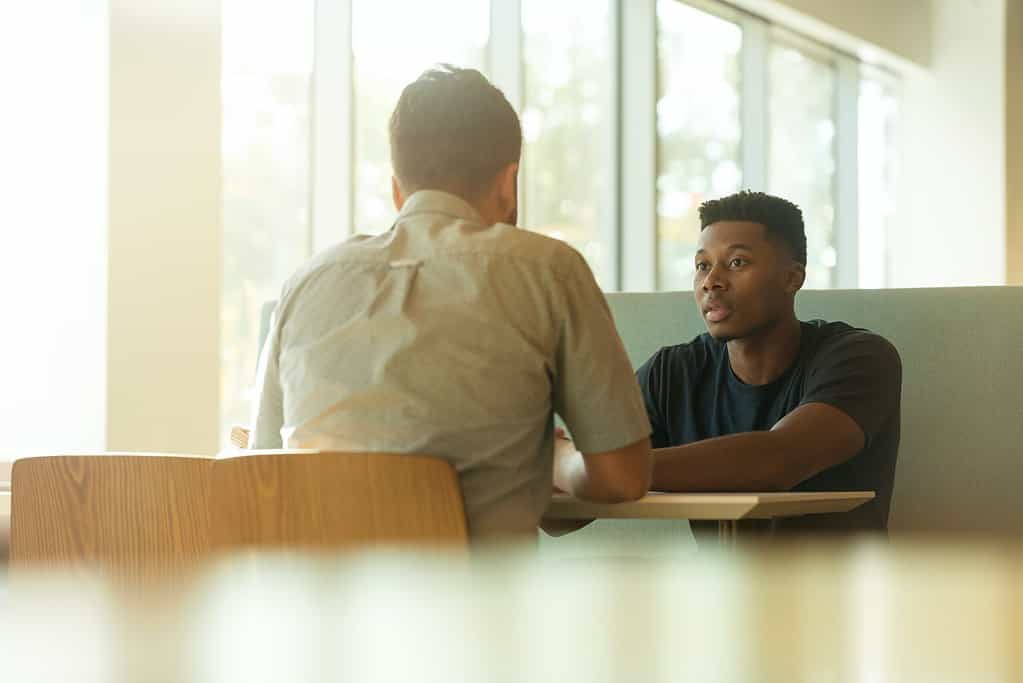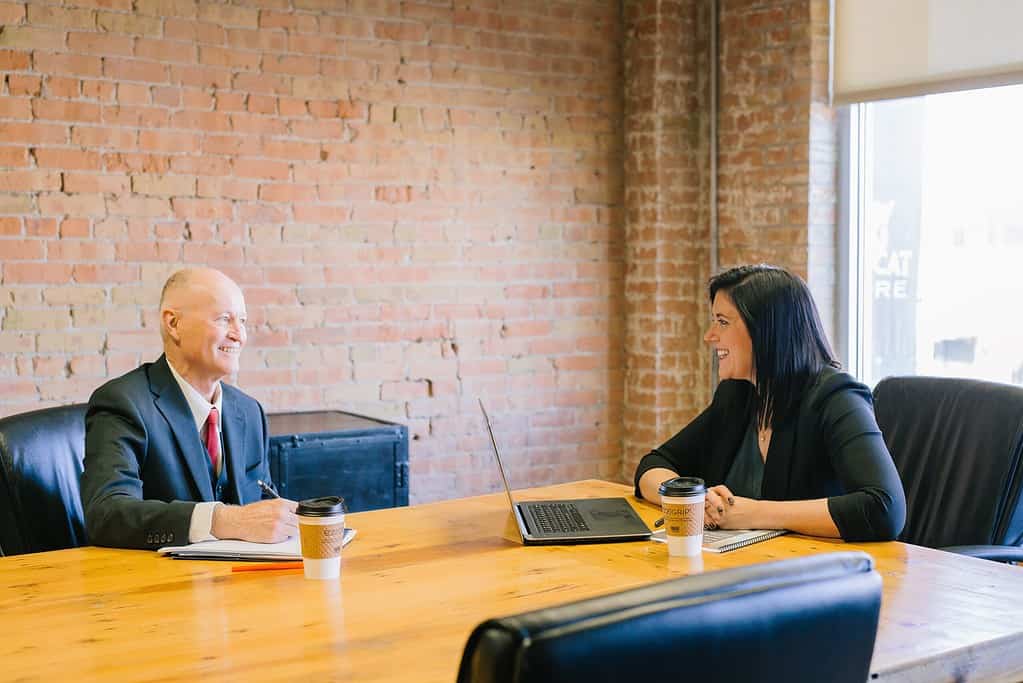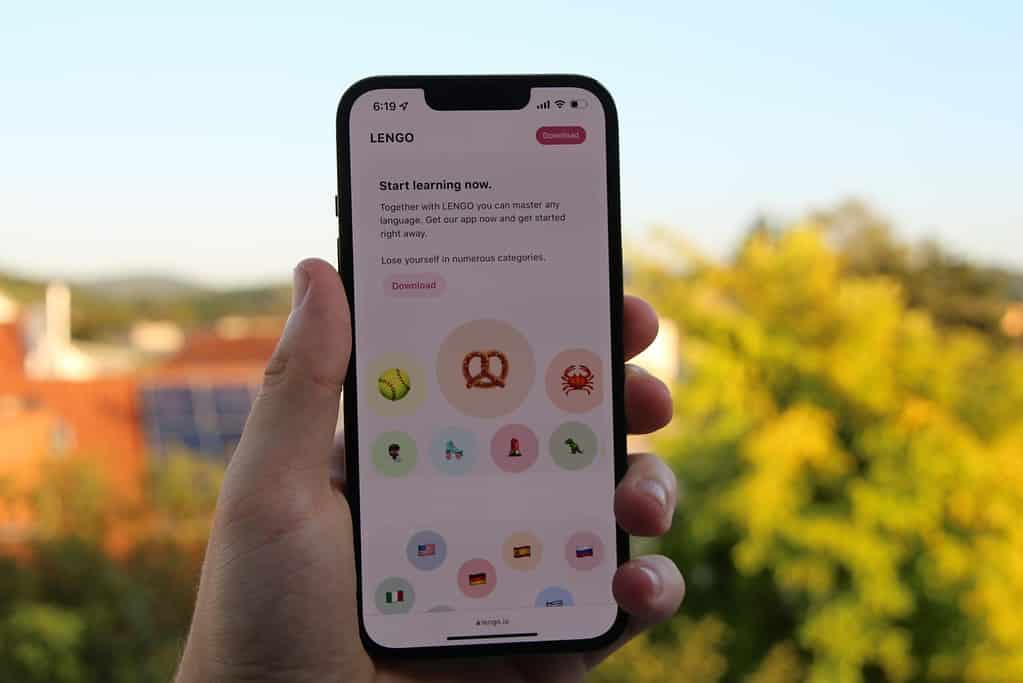Embarking on a French culinary tour is not just a feast for your taste buds—it’s an immersive opportunity to pick up new vocabulary, understand local customs, and spark genuine conversations in French. Whether you’re nibbling on a buttery croissant in a cozy Parisian café or savoring a rustic Provençal meal in the countryside, every dish comes with a side of linguistic delights. With platforms like swaplang making it easy to practice one-to-one conversations, your language journey can be as tasty as it is educational.
Benefits of Culinary Tours for Language Learners
Culinary tours offer a rich, multisensory learning environment where every aroma, flavor, and texture adds depth to your understanding of French language and culture. Immersing yourself in regional cuisine introduces you to authentic expressions and everyday vocabulary that textbooks rarely capture. For instance, by discussing the origin of a traditional dish like coq au vin or quiche lorraine, you quickly learn not only flavor-specific adjectives but also subtle cultural cues that enhance conversational fluency. In fact, as highlighted by a detailed article on learning French through French culinary tours, these immersive experiences are ideal gateways to natural, context-rich dialogue that makes language learning both fun and practical. Many language learners find that the relaxed, casual pace of a food tour helps break down the barriers of self-consciousness that can hinder speaking proficiency.
Exploring Regional Specialties and Vocabulary
Each French region is synonymous with a unique culinary identity, offering an impressive array of flavors and a distinct vocabulary of ingredients and cooking techniques. Picture yourself wandering a bustling market in Lyon or savoring Alsatian cuisine—where you might encounter terms that could make even the staunchest language learner smile. By exploring regional specialties, you not only expand your lexicon with words like “bouillabaisse,” “ratatouille,” or “tarte flambée,” but you also learn the story behind each dish. A deep dive into regional dishes, as explored in the article on language from the kitchen, reveals how food narratives can drive a more engaging dialogue. Consider how the history and ingredients of a dish serve as conversation starters. For example, when a local explains that the secret ingredient in their famous recipe has been passed down for generations, you gain a rich context for conversation that goes far beyond grammar rules.

Cultural Insights: Beyond the Language
While vocabulary and grammar are the structural beams of any language, the cultural context is what truly brings it alive—and what better way to absorb this than through food? Culinary tours are a dynamic playground for exploring table etiquette, the art of conversation over a meal, and regional nuances like the unspoken rules of dining. For instance, learning about Alsatian cuisine can open discussions on how blended cultural influences shape French culinary traditions; check out the informative piece on Alsatian cuisine for more historical context. These interactions can help you understand jokes, idioms, and references that would otherwise be lost in translation. Sharing a meal naturally encourages you to discuss everyday life, talk about food preferences, and even debate the merits of a well-prepared sauce—all of which are perfect for improving both your fluency and cultural literacy.
Virtual vs. In-Person Culinary Experiences
In today’s digitally connected world, experiencing the richness of French cuisine is not limited to physically traveling through the French countryside. Virtual culinary tours have emerged as innovative alternatives, where interactive sessions can include live cooking demonstrations, Q&A with seasoned chefs, and virtual visits to local markets. For those who relish immersive experiences but are constrained by time or budget, these digital explorations provide a sensible way to build vocabulary and cultural knowledge. The interactivity of a virtual tour can be just as effective, particularly when paired with targeted language practice sessions like those offered by swaplang. Although nothing quite matches the energy of an in-person food tour, virtual experiences open up new avenues for conversation practice and detailed culinary explorations. Some learners even find that the convenience of learning from home allows them to focus more intensively on mastering the subtleties of French culinary language.
Integrating Language Lessons with Culinary Tours
Marrying culinary adventures with language lessons creates a hybrid learning model that’s both delicious and effective. Imagine combining a hands-on cooking class with live French conversation practice. Not only do you learn how to prepare a classic dish like ratatouille, but you also practice imperative commands in French, all while laughing at your own culinary missteps. This integration helps consolidate new vocabulary in a context that’s both memorable and practical. More importantly, such experiences encourage spontaneity in conversation—a key element in attaining fluency. Inspired by the philosophy behind courses like those discussed in Master French Via Virtual Travel, combining language skills with real-world culinary events enhances both your practical speaking abilities and cultural understanding. Ultimately, connecting your passion for food with your desire to learn French transforms every meal into a potential language lesson and every conversation into an opportunity for discovery.
If you’re ready to blend your love for French cuisine with active language practice, consider signing up for a trial session on swaplang. This platform provides the perfect space to engage in real conversations, experiment with new vocabulary, and access flexible scheduling with native speakers. Bon appétit and happy learning!



